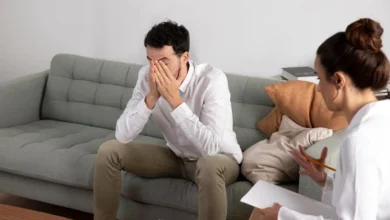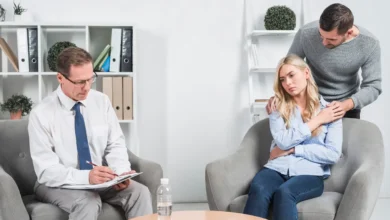Heatstroke vs. Heat Exhaustion: What’s the Difference?
Heat-induced diseases need immediate care, yet they can affect the body differently.
Young or old, anyone who spends too much time in extreme heat can suffer heat exhaustion and heatstroke. In the United States, approximately 1,000 people die from extreme heat every year, according to the Centers for Disease Control and Prevention (CDC), and thousands more fall victim to nonfatal heat-related illness or hyperthermia.
The summer just got in; it was already hotter and still getting hotter. The National Centers for Environmental Information also stated that 2023 was the warmest year on record, with the 10 warmest years in its 174 years of record-keeping occurring between 2014 and 2023. Hotter days and more mean it’s perfect to know about heat-related health problems and warning signs.
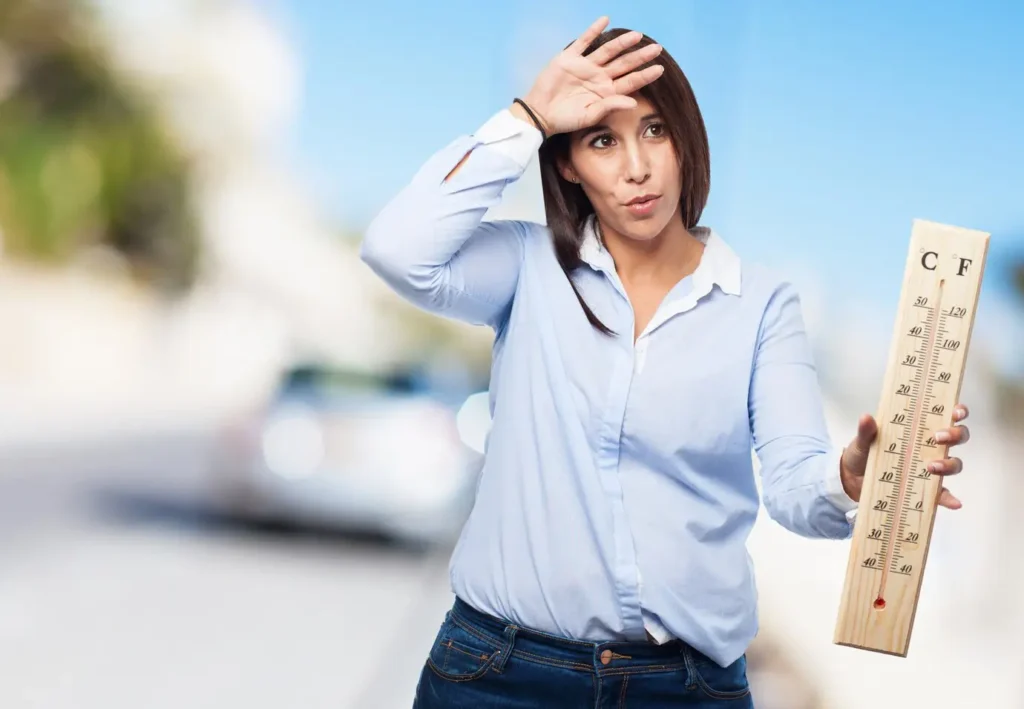
What Is the Difference Between Heatstroke and Heat Exhaustion?
They may be beguilingly similar, but heatstroke and heat exhaustion are different. Heat exhaustion is connected with dehydration and the heart’s battle to push blood through the body. Heatstroke happens when an individual’s body temperature is elevated to the point that it causes overheating in the tissues and organs, explains William Roberts, MD, a professor of family medicine and community health at the University of Minnesota, Minneapolis.
Heat exhaustion can typically be treated at home with cold water, cool air, and rest. Heatstroke is a medical emergency and requires immediate intervention.
While heatstroke may seem to develop from heat exhaustion, Dr. Roberts says that sometimes a person might not show symptoms before heatstroke occurs. “You can get there in one jump without this intermediate,” he says. In either case, fast treatment is crucial because complications from heatstroke and heat exhaustion can be severe.
Studies have found that patients who suffer from heat-related illnesses could be at greater risk of developing certain cardiovascular diseases in the future. In a small study released in February 2019 from the journal PLoS One, people who had previously experienced heat-related illness were found to be at increased risk for experiencing a heart attack, stroke, and chronic kidney disease.
Graphic example: How Heat-Related Illnesses Affect the Body and features symptoms of heat exhaustion (Sweating, Clammy Skin, Weak or Rapid Pulse, Muscle Cramps, Nausea or Vomiting) vs. symptoms of heatstroke (Altered Mental, Slurred Speech, Dry Hot Skin, Rapid Strong Pulse, Throbbing Headache). Facebook
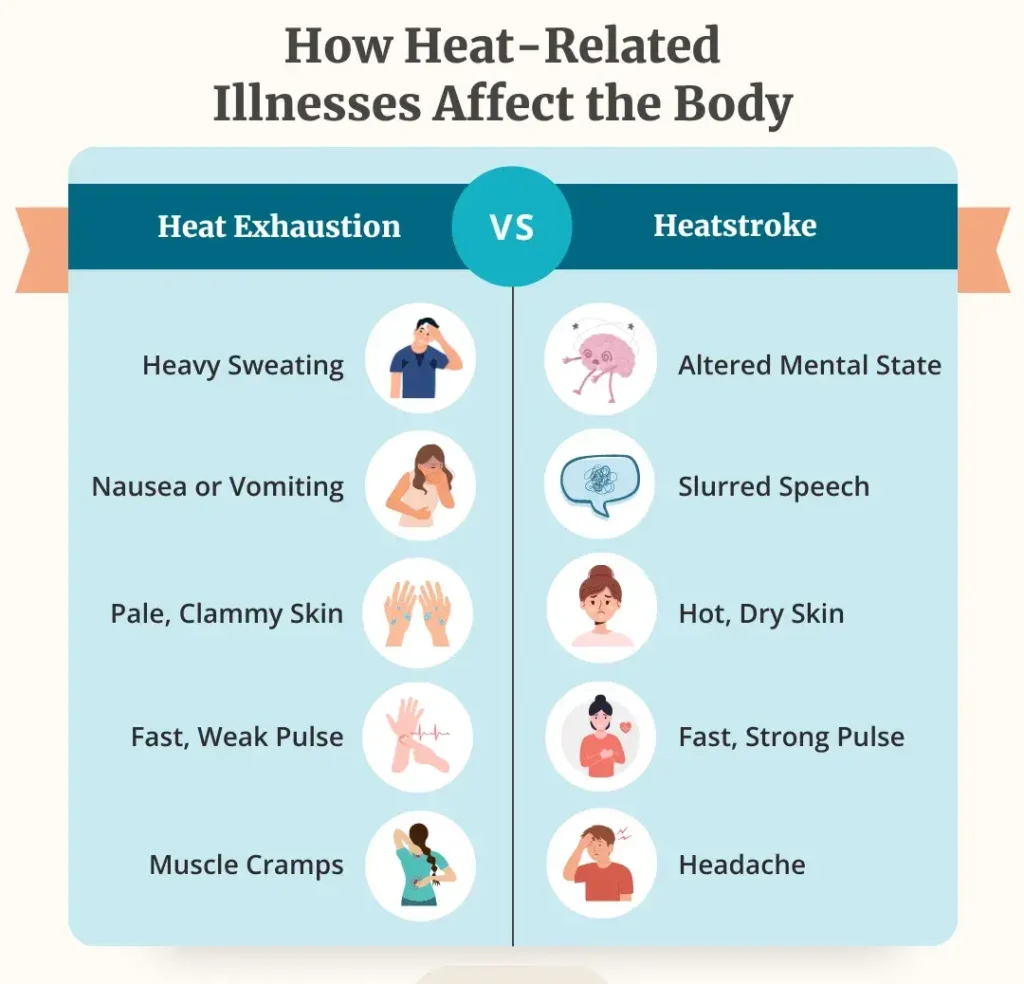
Recognize the Warning Signs
Heat exhaustion and heatstroke have several overlapping warning signs, some crucial distinctions, and one common cause. “It’s challenging to tell heat exhaustion from heatstroke with the naked eye. The difference between the two is that you do not know how well a person’s brain is functioning and what the temperature of their body is,” says Roberts.
StatPearls mentioned that the primary differences between heat exhaustion and heatstroke are organ damage over time, including mood, thinking, and coordination.
Symptoms of Heatstroke
The Cleveland Clinic lists other symptoms of heatstroke as:
- If the person has been exercising, the skin is hot, red, dry, or moist
- Rapid, full pulse that fades as heatstroke advances
- Headache
- Dizziness
- Nausea
- Passing out
- Movement and balance issues
- Crackling in your lungs or noisy breathing
- Passing minute quantities of urine
- Weakness
Symptoms of Heat Exhaustion
Symptom: Heat exhaustion signs and symptoms may develop when exposed to high temperatures, often accompanied by dehydration.
- Heavy sweating
- Fast, weak pulse
- Nausea or vomiting
- Muscle cramps
- Tiredness or weakness
- Dizziness
- Headache
- Passing out
- Cool, pale, class
- Fever, but usually not higher than 103 degrees F
How to Treat Heat Exhaustion or Heatstroke
Heatstroke and heat exhaustion are not the same medical condition; the treatments differ. Suppose you suspect that you or another person is experiencing heat exhaustion. In that case, you can do a few things to help the person begin cooling off and rehydrating while waiting for medical assistance.
Heat Exhaustion Treatment
Ideally, the Cleveland Clinic suggests the following:
- Do not drink beverages that are cold and do not have alcohol or caffeine
- Cool off in the shade
- Remain indoors with air-conditioning or even a fan
- Take a cool bath or shower
- Remove excess clothing
Rest is also critical because it relieves strain on the cardiovascular system and stabilizes body stability.
Heatstroke Treatment
Heatstroke is a medical emergency; you must be hospitalized for urgent care. Without treatment, the condition can rapidly lead to brain, heart, kidney, and muscle damage or failure and can be fatal.
If you’re caring for someone you believe has heatstroke, your first step should be to call an ambulance. As you wait for emergency medical help, here’s how to reduce the person’s body temperature:
- Rest the individual in a cool, shaded place.
- If that’s impossible, immerse them in a cool bath or shower or cool them with water from a garden hose. Submerging an individual in cold water, as low as 34 to 63 degrees, is the best method for reducing core body temperature, according to a study that analyzed 63 studies of heatstroke treatment methods. [10]
- And it’s important not to offer anything to drink to someone suffering from heatstroke, according to the Mayo Clinic. Most cases of heatstroke present altered mental status, which may prevent a person from drinking fluids safely.
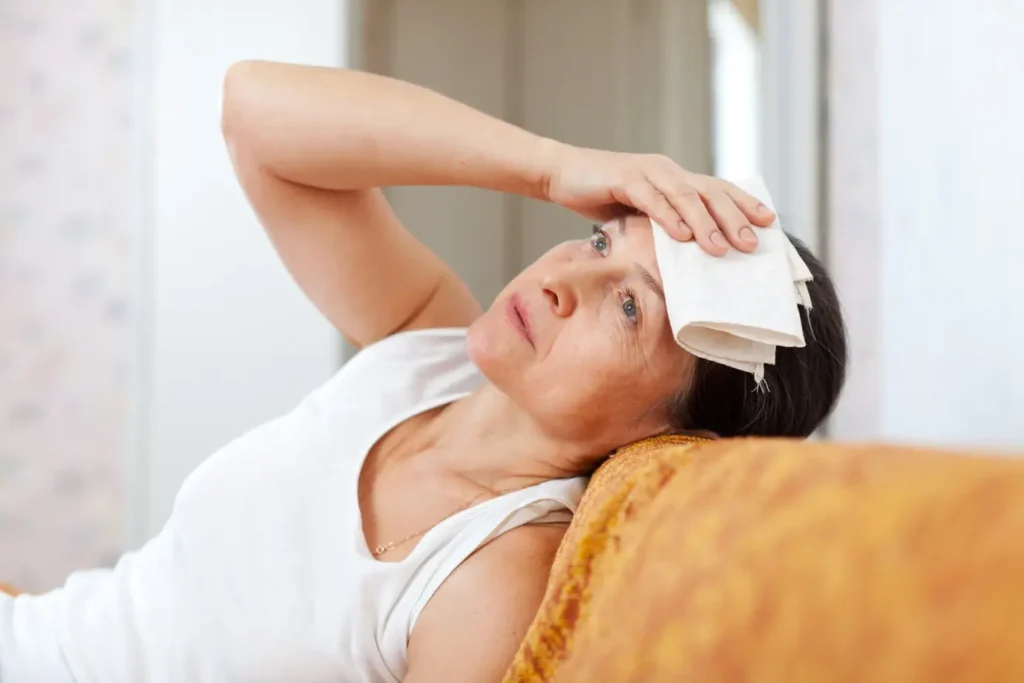
How to avoid heat illness
Heatstroke and heat exhaustion are 100% preventable, according to Barrak Alahmad, MBBS, a doctor and a mission scholar in the faculty of public health at Kuwait University and a PhD student at the Harvard University T.H. Chan School of Public Health in Boston.
He adds that “high temperature, high humidity, and significant physical activity can set up ‘heat exhaustion’ just like heat stroke. This early-warning system can help alert people that extreme heat days are coming, so they can do whatever is reasonable to avoid potentially deadly heat.
The heat index, which factors in heat and humidity to express what the temperature feels like, is a significant indicator of how well your body can sweat and maintain normal body temperature, Dr. Alahmad explains. [12] Sweating is one of the body’s primary mechanisms to rid itself of excess heat. When moisture leaves the skin, it cools the body. The more water-saturated the air is, the less sweat can evaporate. In effect, humidity robs the body of its natural cooling mechanism, Alahmad says.
Roberts also says it’s crucial that people listen to their bodies and when they’ve had too much heat. “This can be complicated by an expectation or obligation to perform, as in football. You might force yourself because you don’t want to be cut from the team,” he says. Some like to get a bit more burnt and a bit sweeter than others, but everyone is susceptible to overheating and dehydration (and so is your dog, I should add). Heatstroke while exercising is one of the leading causes of death in high school football players, with 61 deaths from 1960 through 2017, according to a study.
According to the National Institute for Occupational Safety and Health, workers who can’t avoid the heat can protect themselves from the effects of heat stress. In addition to the general preventative measures that people can take to prevent heat-related illnesses, working people should take the following steps to limit the impact of extreme heat:
- Start moderately easy and work up to a strong effort.
- Seek shade and rest as frequently as possible.
- Note that any protective equipment needed for the work may also make overheating more likely.
Wear: If you must be out in the heat, wear 2 of 4 GLAND WARNING SIGNS. Glands are part of the body’s natural system for removing waste material.
- Light-coloured attire (in colour as well as in cloth)
- A hat
- Sunscreen
“Even getting into air-conditioning for 30 minutes a day can be the difference between having a fatal heatstroke and not,” says Roberts, who suggests working out with a partner so that the two of you have a watchful eye over each other.
Also, keep an eye on relatives, friends, or neighbors who find it hard to leave the house and lack air conditioning. Those people, Roberts says, are at a higher risk of severe problems with heatstroke and heat exhaustion, as they may be trapped inside a hot home. Listen to your body if officials declare an extreme heat warning, and never leave people or pets in a closed vehicle.
Because alcohol dehydrates the body, it’s not a good idea to consume it when it is very hot. “You want to make sure you stay well hydrated, and you don’t want to wait to drink until you’re thirsty,” says Roberts, who adds that there is no safe or effective daily bottle size to recommend because everyone requires different amounts. “The mathematics of recommending a volume is a recipe for overhydration, and excessive water consumption can be dangerous. “Just drink when you are thirsty, and try not to let your urine get dark yellow,” he says.
The Takeaway
Heatstroke is a more severe medical emergency than heat exhaustion and can result in organ failure or death. But heat exhaustion can progress to heatstroke, and people need to take precautions to avoid both in extreme heat, particularly if they are heavily exerting themselves or working outside. You may not know for sure, and it doesn’t hurt to call 911 if someone is symptomatic.

